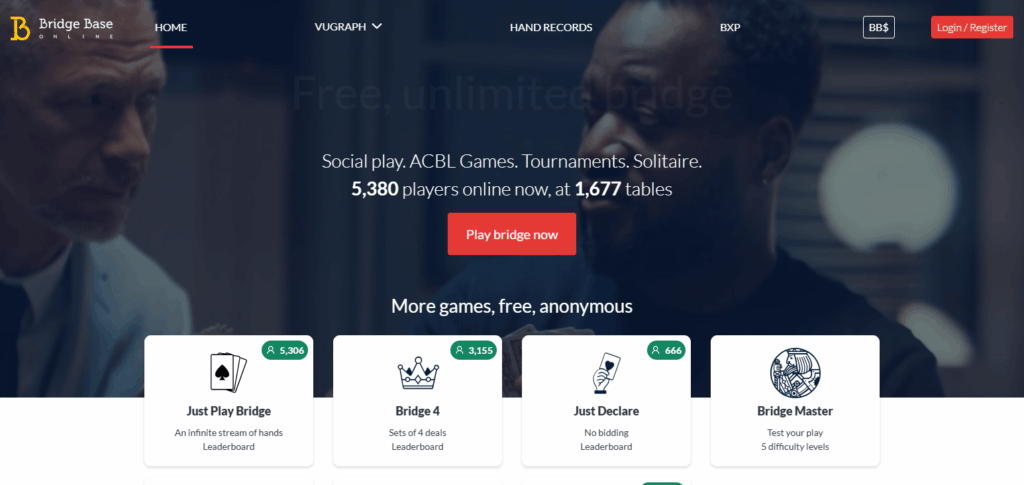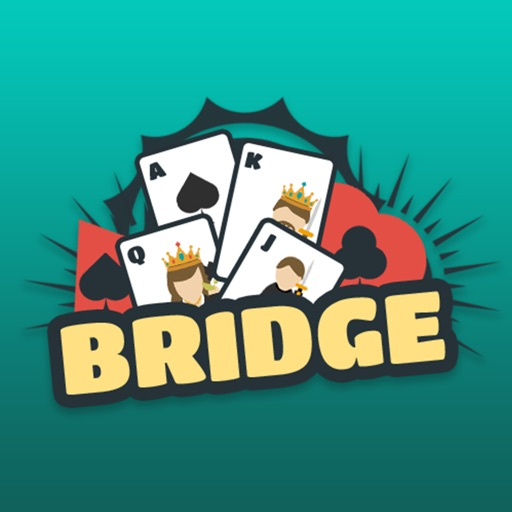In this article, I will cover the How to Play Bridge for Beginners in a straightforward and uncomplicated manner. Bridge is an age-old card game requiring strategy, collaboration, and considerable finesse.
For those unfamiliar with the game, this article will explain the core concepts of bidding, playing, and scoring so that you can appreciate Bridge without any reservations.
What Is Play Bridge?
Bridge is a strategic card game played with a standard 52-card deck by four players in two competing partnerships. The game requires a combination of skill, memory, deep thinking, and strategy, appealing to all age groups.

It is broken down into several phases; dealing, bidding, playing and scoring. In play, one partnership attempts to fulfill the contract made in bidding while the other side defends. Nowadays, Bridge is played freely in clubs, online, and at tournaments. Players of all levels, from newbies to experts, have countless opportunities to learn and think with great depth.
How to Play Bridge for Beginners

Example: Playing Your First Game of Bridge
Initiate the Deal
- Start with a 52 card deck
- Each player gets 13 cards dealt to them
- Teams are formed by seating partners opposite each other
Commence the Bidding Stage
- Players bid on the number of tricks they can win with indicate trump suits too.
- For example, “2 Hearts” means winning 8 tricks with Hearts as trump.
Play the Hand
- The player to the left of the declarer starts with the first card.
- All players must follow suit if able to do so.
- The winner of the lead suit’s highest card takes the trick, unless a trump card was played.
Use the Dummy Hand
- The dummy (declarer’s partner) puts his cards face-up.
- The declarer plays his hand and the dummy’s cards as well.
Score the Round
- The bidding team scores points if the agreed tricks are achieved.
- If they fail, the opposing team receive penalty points.
- Additional points are awarded for slams (12 or 13 tricks).
Bidding Basics
Bidding marks the initial stage of a Bridge game in which participants share details of their hands with their teammates. It establishes the “contract” which determines how many tricks the team has to take and if a suit is chosen as trump, or if it is no-trump.
Progressing bids are made in a cyclic fashion in increasing level or suit rank. Players share information using a common language of bids that include advance agreements like Stayman or Blackwood, aimed at reaching a mutual decision on the optimal contract.
Bridge Terminology Glossary
Every game has a distinctive vocabulary, and in Bridge, the lexicon ranges from terms like declarer to dummy. The declarer is the player who wins the bidding and plays both their own cards and their partner’s cards (the dummy).
All players will engage in a round of four cards, and the objective is to win more than the opposing players. A contract is the bid that sets the number of tricks to win. Trump is a suit that outranks others if chosen. Some more strategy related and scoring terms are finesse, slams, game, and overtrick. To better appreciate and follow the game of Bridge, mastering these terms is useful.
Beginner Tips to Improve Quickly
Regular Game: Participate in games sparing weekend or week days for both face to face or online engagement to gain ease and exposure.
Basic Bidding Conventions: Work with more efficient communication by mastering the advance Stayman and Jacoby Transfer bid systems.
Online Guides and YouTube: Strategic books for novice players or video guides like YouTube can help learners grasp concepts with relative ease.
Pay Attention To Your Partner: Notice the bids as well as plays of the partner to improve collaboration and understand them better.
Analyze Games: Go over the games and identify previously made mistakes so that corrective action is taken after reflection.
Join Local Clubs: Gain knowledge from skilled players by attending local clubs or sign-up for online communities.
Common Mistakes to Avoid

Overbidding Without Support: Avoid overshooting a bid when you do not have an adequate hand or suit support since it results in a missed contract.
Ignoring Partner’s Signals: Ignoring your partner’s bida is uncohesive and can work against your intended plan.
Not Following Suit: Always do your best to follow the lead suit; your failure to adhere to this principle may lead to losing unnecessary tricks.
Counting Tricks or Points Incorrectly: Track how many tricks are played alongside the total points in hand to improve accuracy.
Rushing Decisions: Be deliberate with every move, think through every bid and play so you do not make avoidable mistakes.
Pros & Cons
| Pros | Cons |
|---|---|
| Enhances memory and strategic thinking | Steep learning curve for beginners |
| Encourages teamwork and communication | Complex bidding system can be confusing at first |
| Social and community-building game | Requires four players, limiting solo practice |
| Available in clubs and online platforms | Can be time-consuming to play full games |
| Suitable for all ages and skill levels | Mistakes can be frustrating early on |
Conclusion
Bridge is a captivating card game that enhances efficient collaboration and strategic thinking. It might feel daunting at first, but knowing the essentials like bidding, the play itself, and how to keep scores helps so much to get the real value out of it.
A beginner’s enthusiasm coupled with regular practice helps them improve quickly and experience the joy of strategic play. Expect plenty of fun while playing casually or working towards the skill level of a competitor; there’s so much to enjoy and grow with in this game. Embrace the exploration of this timeless game without fear of overstepping your current limitations.
FAQ
How many players are needed to play Bridge?
Bridge is played by four players, divided into two partnerships (North-South and East-West).
What type of cards are used in Bridge?
A standard 52-card deck is used, without jokers.
What is a “trump” suit?
A trump suit outranks all other suits during play. It is determined during the bidding phase or play may be “no-trump.”








